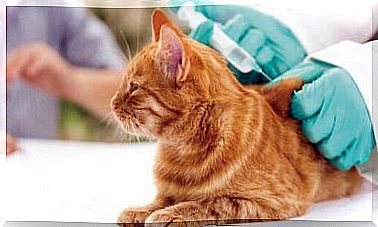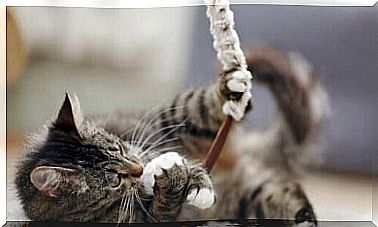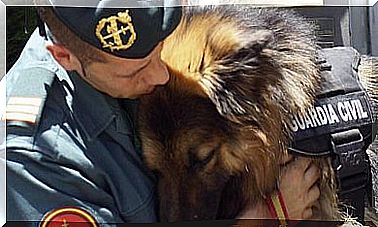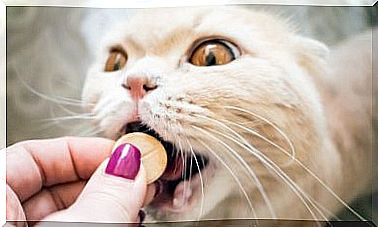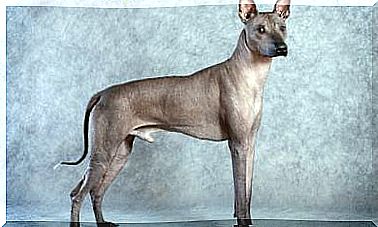Overgrowth Of Molars In Guinea Pigs
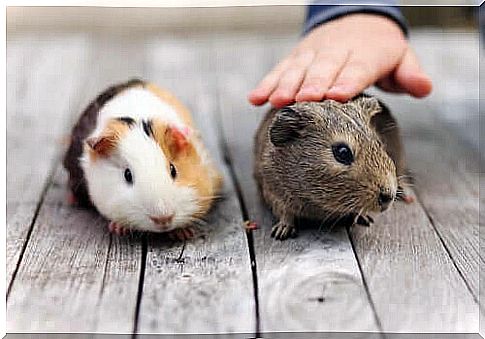
Guinea pigs ( Cavia porcelus) commonly suffer from the problem of molar overgrowth on both sides of the jaw. Their teeth grow to bridge their tongues which makes it difficult for them to ingest food, which is no small problem.
Today we will delve into the subject of moral overgrowth in guinea pigs, an interesting topic that can help you to better preserve their health and know when to go to the vet for a dental examination.
Excessive growth of molars in a guinea pig

Remarks
Dental problems in rodents are the ones most often treated in veterinary clinics for exotic animals. Premolar growth is so rapid and disproportionate that the prognosis is often not good at all.
Symptoms
The first sign that something is wrong is when the guinea pig approaches the food, smells it but does not eat it. At the same time he makes a characteristic movement with his mouth, as if trying to swallow saliva but cannot. Other signs are loss of drool and sour-smelling breath.
The animal will probably have lost weight and will have more visible pelvic bones. The crevices in the corners of his mouth may be wet and will recede when we try to control his mouth, as every touch will hurt him.
If your guinea pig is in these conditions it will be necessary to sedate it to explore the oral cavity with ease and check if it is the overgrowth of morals. Other causes could be:
- Tooth abscess
- Dental malocclusion
- Deviation of the temporomandibular joint
As an additional test, an X-ray of the skull may be used to determine the diagnosis and cause of the overgrowth. The oblique projections, for example, allow you to observe both sides of the head to observe the right and left mandibular branches. In this way it can be verified how the roots of the involved teeth have grown.
Latero-lateral teleradiography is useful for monitoring premolar growth. The rostral-caudal projection will instead allow the study of the temporomandibular joint to check for any anomalies.
Diagnosis
Once overgrowth is proven, it will be diagnosed as growth-acquired dental disease, which causes malocclusion and prevents food from being ingested. By failing to eat properly, your teeth don’t wear out as they should and the problem continues to get worse.
Treatment against the excessive growth of molars
To treat tooth overgrowth in guinea pigs, their teeth can be trimmed and filed. First the animal is anesthetized according to the protocol established by the veterinarian.
After that, a buccal retractor will be used for easy access to the oral cavity and, using a surgical file, the dental crowns will be reduced. Finally, the teeth will be cut with hemostatic forceps.
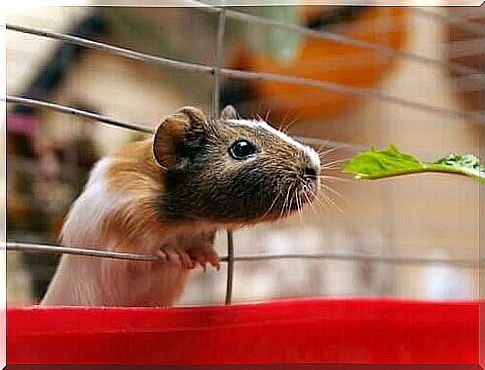
The best way to prevent molars from growing back in excess is to correct the piglet’s diet. Rodents are large fibrous vegetable eaters that promote proper mouth movement and occlusion. It is the same procedure that occurs for ruminants, which shred the vegetation allowing the correct consumption of the teeth.
The real problem is that guinea pigs are often accustomed to an inappropriate diet for their species, often out of ignorance or lack of interest from their owners.
Premolar overgrowth is a common pathology for guinea pigs who eat anything but hay and proper feed. It is often not easy to make the owner understand the importance of providing these rodents with a more balanced diet focused on the consumption of fiber.


